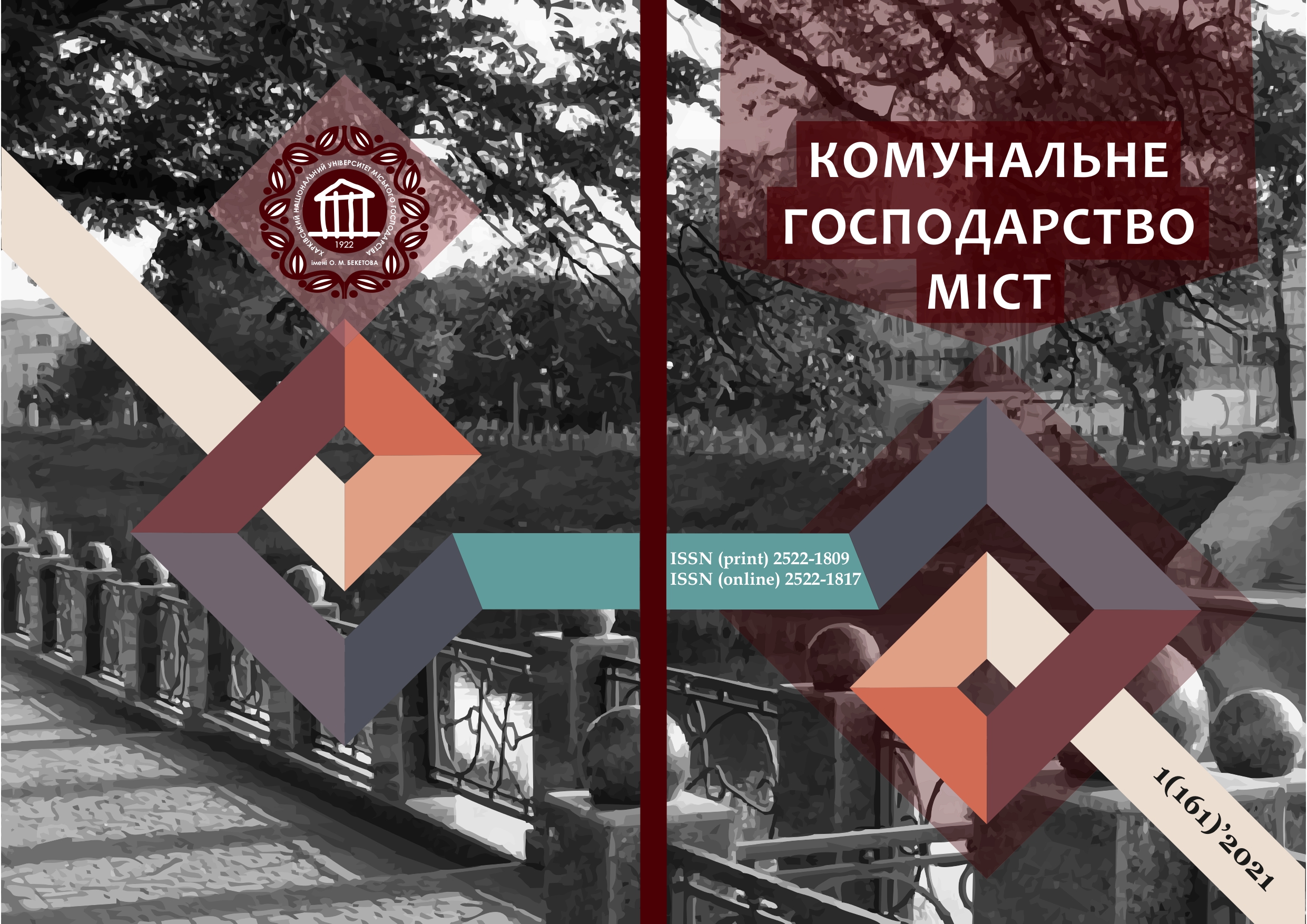THE VIABILITY AS AN EMERGENT PROPERTY OF SELF-ORGANIZING SYSTEMS
Array
Keywords:
viability, self-organizing system, man-machine system, emergence, hardiness, human factor, resources.Abstract
The necessity of a man-machine system considering as a self-organizing one is shown. The most significant difficulty in such a system is the study of its emergent properties. The paper focuses on viability as an emergent property of the system. The concepts of hardiness, human factor, system resources, biosystem were considered. It allowed proposing the viability’s concept of a self-organizing system based on biomimetics principles. The roadmap of convergent research and analysis of the man-machine system’s viability is presented. The convergent approach to the self-organizing system’s viability is realised in the proposed roadmap.
References
2. Wilson, J.R. (2014). Fundamentals of systems ergonom-ics/human factors. Applied Ergonomics, 45 (1), 5–13.
3. Carayon, P. (2006). Human factors of complex sociotech-nical systems. Applied Ergonomics, 37 (4), 525–535.
4. Johnson, Ch.W. (2006). What are emergent properties and how do they affect the engineering of complex systems? Reliability Engineering & System Safety, 91 (12), 1475–1481.
5. Kalantari, S. (2020). Emergence phenomena in self-organizing systems: a systematic literature review of con-cepts, researches, and future prospects. Journal of Organiza-tional Computing and Electronic Commerce, 3, 224–265.
6. Makhnach, A.V. (2017). Human resilience as a research object in psycology. Psycologycal journal, 38 (4), 5–16.
7. Laktionova, А.I. (2017). Structural-level analysis of resili-ence phenomenon. Scientific e-JOURNAL "Institute of
psychology Russian Academy of Sciences. Organizational Psychology and Labor Psychology", 2 (4), 106–133.
8. Korosov, А. (2012). An emergent principle in ecology. Principles of the Ecology, 3, 48–66.
9. Maddi, S.R., & Khoshaba, D.M. (1994). Hardiness and Mental Health. Journal of Personality Assessment, 63 (2), 265–274.
10. Nayyeria, M., & Aubia, S. (2011). Prediction well-being on basic components of hardiness. Procedia – Social and Behavioral Sciences, 30, 1571–1575.
11. Protasenko, O.F., & Mygal, G.V. (2020). Human Re-sources Are a Factor in Applying of Man-Machine Systems Safety. Municipal economy of cities, 6 (159), 139–146.
12. Raziqa, A., & Maulabakhsh, R. (2015). Impact of Work-ing Environment on Job Satisfaction. Procedia Economics and Finance, 23, 717–725.
13. Garbie, I.H. (2014). An experimental investigation on ergonomically designed assembly workstation. International Journal of Industrial and Systems Engineering, 16 (3), 296–321.
14. Parsons, K.C. (2000). Environmental ergonomics: a review of principles, methods and models. Applied Ergonomics, 31 (6), 581–594.
15. Protasenko, O.F., & Mygal, G.V. (2019). The issues of the modern ergonomics: the structural reliability definition. Municipal economy of cities, 5 (151), 81–86.
16. Protasenko, O.F., & Mygal, G.V. (2018). New concepts of modern ergonomics. Open information and computer inte-grated technologies, 79, 162–171.
17. Protasenko, O.F. (2017). Ergonomics aspects of ecologi-cal safety. Municipal economy of cities, 7 (146), 127–132.
18. Mygal, S.P., Dyda, І.А., & Kazanceva, Т.E. (2014). Bіonіka v dizajnі prostorovo-predmetnogo seredovishcha. Vidavnictvo L’vіvs’koї polіtekhnіki, 228 p.
Downloads
Published
How to Cite
Issue
Section
License
The authors who publish in this collection agree with the following terms:
• The authors reserve the right to authorship of their work and give the magazine the right to first publish this work under the terms of license CC BY-NC-ND 4.0 (with the Designation of Authorship - Non-Commercial - Without Derivatives 4.0 International), which allows others to freely distribute the published work with a mandatory reference to the authors of the original work and the first publication of the work in this magazine.
• Authors have the right to make independent extra-exclusive work agreements in the form in which they were published by this magazine (for example, posting work in an electronic repository of an institution or publishing as part of a monograph), provided that the link to the first publication of the work in this journal is maintained. .
• Journal policy allows and encourages the publication of manuscripts on the Internet (for example, in institutions' repositories or on personal websites), both before the publication of this manuscript and during its editorial work, as it contributes to the emergence of productive scientific discussion and positively affects the efficiency and dynamics of the citation of the published work (see The Effect of Open Access).

